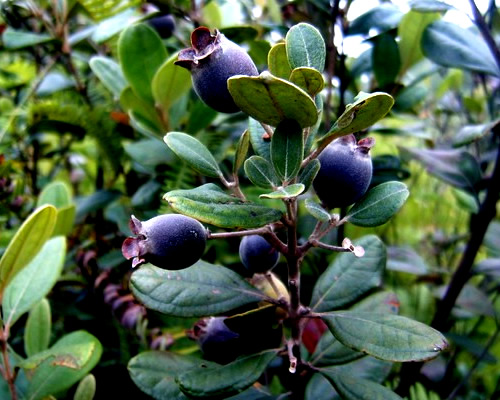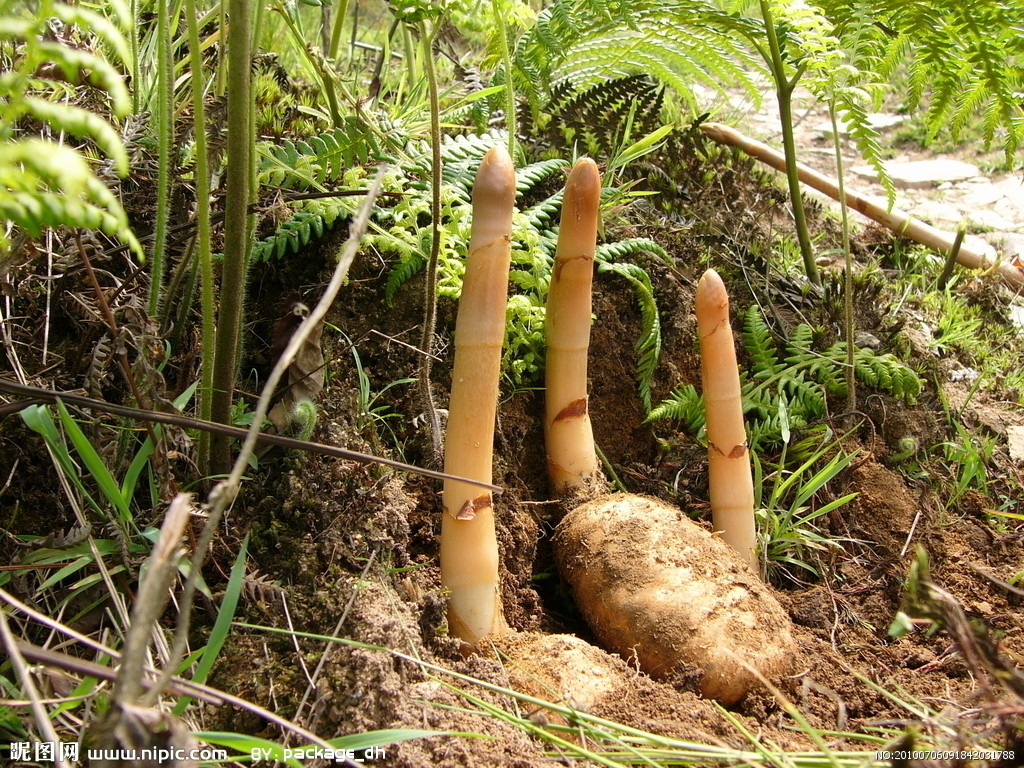- Liliaceae
- Lamiaceae
- Euphorbiaceae
- Leguminosae
- Zingiberaceae
- Chloranthaceae
- Campanulaceae
- Asteraceae
- Acanthaceae
- Orchidaceae
- Polygonaceae
- Ranunculaceae
- Vitaceae
- Rubiaceae
- Solanaceae
- Thymelaeaceae
- Saururaceae
- Moraceae
- Polypodiaceae
- Myrtaceae
- Araceae
- Adiantaceae
- Schisandraceae
- Amaranthaceae
- Berberidaceae
- Araliaceae
- Taxaceae
- Cucurbitaceae
- Apiaceae
- Guttiferae
- Scrophulariaceae
- Papilionaceae
- Caprifoliaceae
- Elaeagnaceae
- Apocynaceae
- Brassicaceae
- Papaveraceae
- Gentianaceae
- Paeoniaceae
- Lauraceae
- Punicaceae
- Nyssaceae
- Ephedraceae
- Gnetaceae
- Polygalaceae
- Violaceae
- Ginkgoaceae
- Cupressaceae
- Dipsacaceae
- Eucommiaceae
- Juglandaceae
- Dryopteridaceae
- Rosaceae
- Huperziaceae
- Caryophyllaceae
- Rhamnaceae

Ampelopsis grossedentata
- Introduction
- Download
Blast
Ampelopsis grossedentata, commonly known as moyeam, is a species of plant in the Vitaceae family. It is mainly distributed in central and southern China, but can also be found in some southeast Asian countries. The leaves and stems are used to make a herbal tea called "moyeam". The product has been popular in China for generations and is now consumed in some other countries.
Year:2016
Institution:South China Botanical Garden, Chinese Academy of Sciences
Yunnan Agricultural University
Material: Guangzhou, China
Data link: http://www.herbal-genome.cn/index.php?m=content&c=index&a=show&catid=100&id=51

Pyrrosio sheareri( Bak.)Ching
- Introduction
- Download
Blast
Pyrrosio sheareri ( Bak.) Ching belongs to Polypodiaceae family,which is widely distributed in the southern area of China. It can be used as medicine to treat heat-clearing and detoxicating, grows on the stone or trunk.
Year:2016
Institution:South China Botanical Garden, Chinese Academy of Sciences
Yunnan Agricultural University
Material: Wuhan, China
Data link: http://www.herbal-genome.cn/index.php?m=content&c=index&a=show&catid=100&id=50

Microsorum fortunei (T. Moore) Ching
- Introduction
- Download
Blast
Microsorum fortunei (T. Moore) Ching is a member of Polypodiaceae ferns, The whole plants of M.fortunei have long been used as traditional herbal medicine to treat jaundice, diarrhea ,rheumatoid arthritis, vomiting blood, bruises, etc.The major bioactive components of this herb is senkirkine .
Year:2016
Institution:South China Botanical Garden, Chinese Academy of Sciences
Yunnan Agricultural University
Material: Wuhan, China
Data link: http://www.herbal-genome.cn/index.php?m=content&c=index&a=show&catid=100&id=49

Rhodomyrtus tomentosa
- Introduction
- Download
Blast
Rhodomyrtus tomentosa, Common names include Ceylon hill gooseberry (English), Downy myrtle (English-Florida), Downy rose myrtle (English-Florida), Feijoa (French), Hill gooseberry (English), Hill guava (English), Isenberg bush (English-Hawaii), Myrte-groseille (French), Kemunting (Malaysia), Gangrenzi (China) and Rose myrtle (English-Florida).
Year:2016
Institution:South China Botanical Garden, Chinese Academy of Sciences
Yunnan Agricultural University
Material: Guangzhou, China
Data link: http://www.herbal-genome.cn/index.php?m=content&c=index&a=show&catid=100&id=48

Aquilaria sinensis
- Introduction
- Download
Blast
Aquilaria sinensis is a species of plant in the Thymelaeaceae family. It is endemic to China. It is threatened by habitat loss. This medicinal plant is a source of fragrant wood, formed under a pathological condition, called Chen Xiang or agarwood. The tree produces agarwood, a valuable fragrant wood used for incense and medicine.
1
Year:2012
Institution: National Engineering Laboratory for Breeding of Endangered Medicinal Materials, Institute of Medicinal Plant Development,Chinese Academy of Medical Sciences & Peking Union Medical College, Beijing, China
Material: Hainan, China
2
Year:2016
Institution:South China Botanical Garden, Chinese Academy of Sciences
Yunnan Agricultural University
Material: Guangzhou, China
Data link: http://www.herbal-genome.cn/index.php?m=content&c=index&a=show&catid=100&id=47

Fallopia japonica
- Introduction
- Download
Blast
Fallopia japonica, commonly known as Japanese knotweed, is a large, herbaceous perennial plant of the family Polygonaceae, native to East Asia in Japan, China and Korea. As a kind of herb, knotweed contains oxalic acid, which when eaten may aggravate conditions such as rheumatism, arthritis, gout, kidney stones or hyperacidity.
Year:2012
Institution:Biotechnology Institute, School of Environment, Dalian Jiaotong University
Institute of Medicinal Plant Development, Chinese Academy of Medical Sciences
Material: -
Data link: http://www.herbal-genome.cn/index.php?m=content&c=index&a=show&catid=100&id=46

Fallopia multiflora (Thunb.) Harald.
- Introduction
- Download
Blast
Fallopia multiflora (Thunb.) Harald.The traditional Chinese herb, P. multiflorum, has been used in the preparation of herbal medicines in oriental countries such as China, Japan and Korea for thousands of years because of its pharmacological functions. P. multiflorum can produce a number of chemicals with pharmaceutical properties. Among them, stilbene glucoside was reported to be a very promising antioxidation, purgation, tonic and antiaging agent and now is commercially used as a hair-darkening agent and as a potent kidney tonic .
1
Year:2015
Institution:Guizhou Key (Engineering) Laboratory for Propagation and Cultivation of Medicinal Plants.
Material: -
2
Year:2016
Institution:South China Botanical Garden, Chinese Academy of Sciences
Yunnan Agricultural University
Material: Wuhan, China
Data link: http://www.herbal-genome.cn/index.php?m=content&c=index&a=show&catid=100&id=45

Gastrodia elata
- Introduction
- Download
Blast
Gastrodia elata , a traditional herbal agent that has been used as an anti-convulsant in oriental countries for centuries. In addition, GE is also used as an analgesic and a sedative against vertigo, general paralysis, and tetanus. Vanilly alcohol and gastrodin from Gastrodia elata are known to have anticonvulsive action.
Year:2016
Institution:Crop Improvement Division, Kaohsiung District Agricultural Improvement Station, Pingtung 900, Taiwan.
Material: Jilin, China
Data link:http://www.herbal-genome.cn/index.php?m=content&c=index&a=show&catid=100&id=44

Dendrobium officinale
- Introduction
- Download
Blast
The stem of the plant Dendrobium officinale Kimura et Migo (Orchidaceae) is used in traditional Chinese medicine and has been used as an herbal medicine in many Asian countries for hundreds of years. The major medicinal components include alkaloids, polysaccharides, amino acids, and several trace mineral elements
1
Year:2013
Institution:Institute of Medicinal Plant Development, Chinese Academy of Medical Sciences & Peking Union Medical College
Material: Zhejiang, China
2
Year:2016
Institution:Key Laboratory of South China Agricultural Plant Molecular Analysis and Gene Improvement, South China Botanical Garden, Chinese Academy of Sciences, Guangzhou
Material: Guangzhou, China
3
Year:2016
Institution:College of Life and Environmental Sciences, Hangzhou Normal University, Hangzhou, PR China
Material: -
4
Year:2017
Institution:College of Life and Environmental Science, Hangzhou Normal University, Hangzhou, 310036, China.
Material: Hangzhou, China
4
Year:2017
Institution:Co-Innovation Center for Sustainable Forestry in Southern China, Nanjing Forestry University, 159 Longpan Road, Nanjing, Jiangsu
210037, China
Material: -
Data link:http://www.herbal-genome.cn/index.php?m=content&c=index&a=show&catid=100&id=43

Nervilia fordii
- Introduction
- Download
Blast
Nervilia fordii, the leaves or whole plant of N. fordii are called “Qing Tian Kui” in China, and used for the treatment of pulmonary diseases, including asthma, acute bronchitis and chronic asthmatic bronchitis, for a long time because of the action to clear away pathogenic heat and toxic substances from the body, arrest cough, remove blood stasis and relieve pain in the traditional Chinese medical system.
Year:2015
Institution:Research Center of Chinese Medicinal Resource Science and Engineering, Guangzhou University of Chinese Medicine; Key Laboratory of Chinese Medicinal Resource from Lingnan, Ministry of Education, Guangzhou
Material: Guangxi, China
Data link: http://www.herbal-genome.cn/index.php?m=content&c=index&a=show&catid=100&id=42